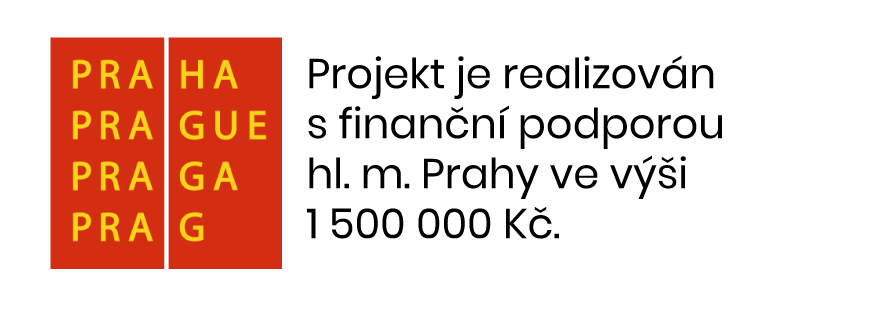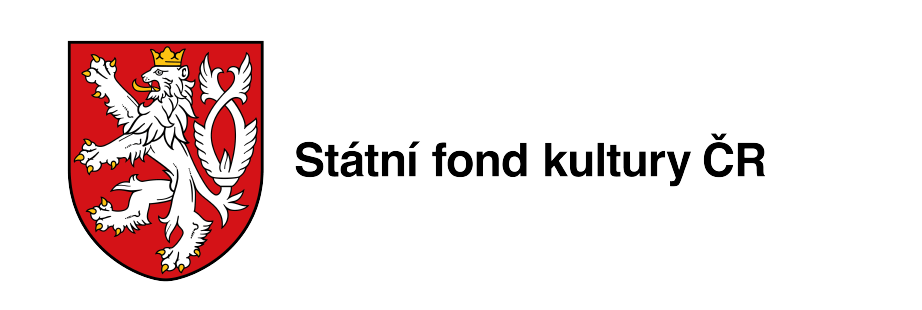Il violoncello brillante
The Virtuoso Cello of Spanish Baroque and Classicism
Summer Refectory
Strahovské nádvoří 1/132, Praha 1
Programme
Caldara, Sanz, Boccherini
Antonio Caldara (1671‒1736)
Sinfonia in D major for violoncello solo
Gaspar Sanz (1640‒1710)
Españoletas
Domenico Scarlatti (1685‒1757)
Sonata in F major, K 28
Francesco Paolo Supriano (1678‒1753)
Toccata quinta for violoncello solo
Domenico Porretti (1709‒1783)
Sonata a Solo di Violoncello e Basso G major
Antonio Soler (1729‒1783)
Fandango in D minor, R 146
Luigi Boccherini (1743‒1805)
Sonata in C major for violoncello and basso continuo, G.6
Artists
Daniel Oyarzabal – harpsichord, organ
Daniel Zapico – theorbo, Baroque guitar
Annotation
Antonio Caldara, Domenico Porretti, Luigi Boccherini, and other masters significantly expanded the possibilities of the cello as a solo instrument and thrilled audiences with it at many a European court. It was at the end of the 17th and during the 18th century that this assertive and virtuoso instrument was born and it enjoyed considerable popularity even in the gallant environment of aristocratic salons.
In the company of the renowned Spanish ensemble La Ritirata and the phenomenal cellist Josetxu Obregón, let us set out on a journey of discovery across Spain and Italy in the Baroque and Classical periods. Looking down on us from the richly decorated ceiling of the Summer Refectory of the Strahov Monastery will be the participants of the heavenly feast, the allegory of the four seasons or all 12 signs of the zodiac.
Venue
Summer Refectory
Strahovské nádvoří 1/132, Praha 1
Partners of the concert
With the kind support of the Instituto Cervantes in Prague, the Embassy of Spain in Prague, the Acción Cultural Española (AC/E) and the Royal Canonry of Premonstratensians at Strahov.




